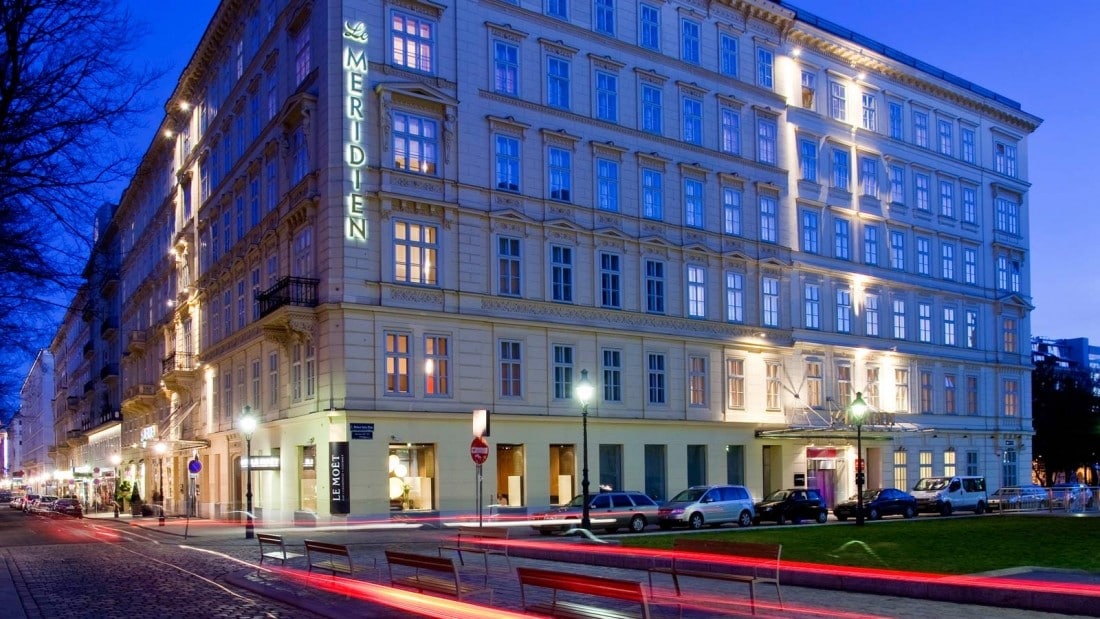
The impact of the CMO in the coming years
The past couple of months for CMOs have seen them thrown into the fire and stress-tested to keep not only the business alive, but also their relationship with their consumers. With this climate, the future role and impact of CMOs has irrevocably changed.
During the Which-50 and SAS webinar, “The role of the CMO at the most disruptive moment for business,” Dan Ferguson, CMO at Adore Beauty, and Nicole McInnes, Director Marketing and Commercial at WW, explained to attendees what this change means to CMOs and how they can brace for impact.
McInnes said there will be good and bad to come out of this situation. She said the good part will be that brands which have been able to pivot will be the ones that survive.
She said, “They’ll be using their digital knowledge to pivot the whole customer experience for the business, and do that quickly. The CMOs of the future will probably look a little bit more like that.”
However, on the downside, the CMOs who aren’t able to impact the business — or stretch their influence across different areas and guide the whole business in that full customer experience — could be further relegated.
She said this is due to a trend already in place with CMOs. “Some are being cornered into just looking at the advertising, and just looking at the marketing communications, and not looking at that full customer experience at every touch point.
“We will see an acceleration of that trend on a negative side of those companies where the CMO has not been able to influence across the business and pivot the business alongside the CEO,” she explained.
Hear from Dan Ferguson about Managing the moments of disruption, an extract from the webinar The role of the CMO at the most disruptive moment for business
Justin Theng, customer intelligence lead at SAS said while brands can go out to the market and communicate to customers like it is business as usual, in reality, it’s not.
“It’s probably better to listen in any case when a brand stops talking and when our customers, our prospects start talking about us – that is really what a brand is.”
Theng noted marketing should never be about “blasting everything out there” and tricking people into spending.
Instead, it should be advertising that the brand has something valuable that’s going to solve the solution.
CMOs are in a unique position — where they have one of the strongest connections to customer data and customer insights, according to Ferguson.
“We can also look at the effect, with what we see in our businesses and we have good insight into our brand, and to mix those all together. It means there’s a real opportunity for CMOs to be a guide through this time of variability.”
It’s probably better to listen in any case when a brand stops talking and when our customers, our prospects start talking about us – that is really what a brand is. Justin Theng Customer Intelligence Lead SAS ANZ
Often, in Ferguson’s experience, businesses react in a very stepped or phased way.
He said they collect information and data intelligence over three or six months, and then they do a half-yearly strategic review. They change strategy and then act accordingly for the next period.
But this strategy is not going to work in this environment as things are changing daily, weekly and monthly, he explained.
“Those changes cause other changes. So somebody, or some function with the organisation, needs to be able to interpret those changes and what they mean for risks and opportunities, impacts to customers and how your living brand continues to represent itself in a consistent way amongst all the consistent inconsistencies.”
In this past couple of months, Ferguson has said he has identified what the company’s opportunity is.
“This is what opportunity looks like and this is what I think we need to do as a brand for our customers and for our own business to realise the opportunity and provide value in this current market and ahead as well as we come out,” he said.
Looking back at all the analysis of economic events like the GFC and crash in the early ’90s, the webinar discussed how companies deal with a crisis.
“Whether they choose to see if there’s an opportunity to grow market share or whether they sort of batten down the hatches. How they approach doing either one of those, or how they mix them up, is really critical to how you come out the other side.”
He said that there are many companies that don’t have the luxury of talking about expansion.
“But where you are placing the minimal investments you can through this period is really critical — because there will be another side. And it’s about the strength of your resources and your IP as you go into that new market,” he added.
Recommended reading
-
What is AI modeling?AI modeling involves creating programs that use one or a combination of algorithms to allow computers to think, learn and predict outcomes. Much like a human brain, AI models absorb input data – numbers, texts, images, video, sound – to learn how to predict outcomes or solve specific tasks without explicit instructions at every step.
-
Data quality management: What you need to knowData quality isn’t simply good or bad. Data quality management puts quality in context to improve fitness of the data you use for analysis and decision-making.
-
Analytics tackles the scourge of human traffickingVictims of human trafficking are all around us. From forced labor to sex work, modern-day slavery thrives in the shadows. Learn why organizations are turning to AI and big data analytics to unveil these crimes and change future trajectories.
Ready to subscribe to Insights now?
